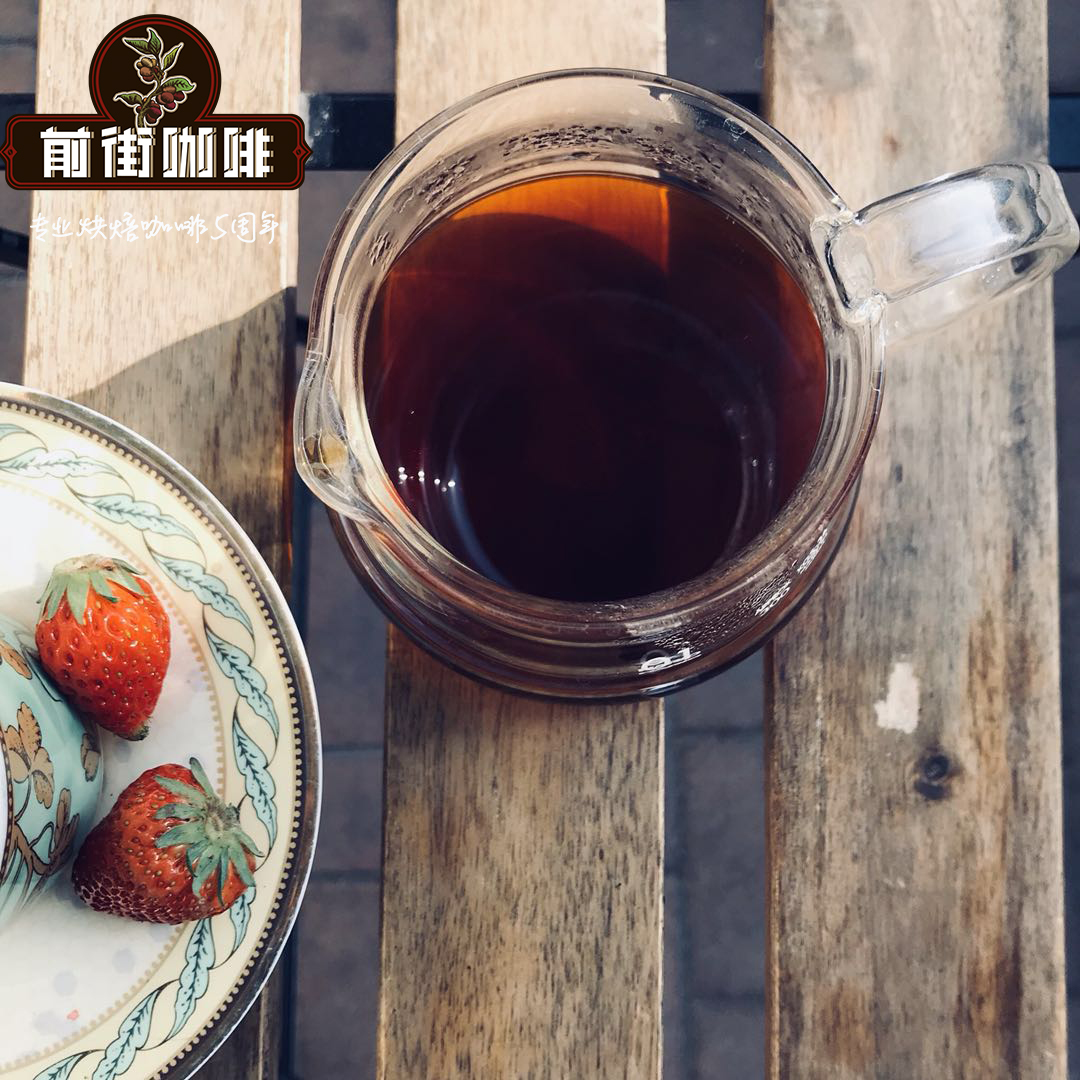What is a coffee fair trade cooperative in Guatemala? What are the characteristics of Guatemalan coffee?

Professional coffee knowledge exchange More coffee bean information Please pay attention to coffee workshop (Weixin Official Accounts cafe_style)
The mountains in Guatemala are extended and the microclimate changes greatly. In recent years, under the efforts of the state to drive the development of coffee industry, both the quality and planting methods have been greatly improved and changed, becoming the supplier of international top coffee.
Guatemala Fairtrade producers witness the glory of taking eighth place in the 2016 Cup of Excellence Competition for coffee grown with care.
Juan Francisco, representative of the Fair Trade Cooperative in Guatemala, said: "The results of this competition have a great impact on producers because it means coffee will help them bring more stable income and remuneration."
However, Juan Francisco also mentioned that we cannot only value or have too much expectation on the quality and yield of coffee beans. After all, climate change, harvest is not as expected, buyers do not pay and other factors will affect sales, but it is meaningless to look at sales alone for the sustainable operation of cooperatives. Therefore, the cooperative's way of doing business is to balance the needs of producers with the quality of production. All coffee beans are fair trade or organic certification, and by joining fair trade, producers can have a more stable life.
Cooperatives encourage members to grow crops in a friendly way, and crops grown on organic soil are generally healthier than those grown with fertilizers and pesticides. In addition, the cooperative has recently worked to establish a training centre at El Vergel Farm, where cooperative producers can share their skills with each other and study with all partners how to produce the best Guatemala coffee.
Guatemala is located in the tropics, but because of its high altitude, the climate is mild and subtropical. Coffee trees in this climate make it bloom and bear fruit slower than coffee trees in other parts of the world. It is this mild climate and fertile soil that makes the best environment for coffee growing.
Coffee was really introduced to Guatemala in 1750 by a priest named Jesuit who brought the trees here. By the end of the 19th century, German colonists had developed the coffee industry. Today, most of the coffee industry is produced in the south of the country. There are ideal conditions for growing fine coffee, such as the mountains of Mount Madre and some high altitudes, which can make coffee grow vigorously. Guatemala's extra-hard coffee beans are rare good coffee, it is full of particles, delicious, balanced acidity. In addition, coffee particles larger than other coffee beans is also a characteristic of Guatemala coffee beans.
Coffee in Guatemala grows in the cloud belt at high altitude. The weather conditions such as the large temperature difference between morning and evening make coffee grow not too fast.(Because the coffee grows too fast, it will make the coffee soft and bland). In addition to fertile volcanic soil, Guatemala coffee planting conditions are the most ideal among Central American countries. Unlike coffee beans produced in other Central American countries, the flavor of coffee beans is relatively clean and refreshing. Guatemala coffee has more changes due to different styles of altitude of origin. The capital Antigua and the northwest Viviente South fruit plateau are the two major producing areas. These two producing areas account for the impression of Manchu people on Guatemala coffee. Antigua coffee has a good concentration and subtle smoky flavor, while Vivienne Highland is characterized by fine citrus acids.
Important Notice :
前街咖啡 FrontStreet Coffee has moved to new addredd:
FrontStreet Coffee Address: 315,Donghua East Road,GuangZhou
Tel:020 38364473
- Prev

How to drink coffee at Banwei Manor in Kenya? What is the roasting degree suitable for Kenyan coffee?
Professional coffee knowledge exchange more coffee bean information Please follow Coffee Workshop (Wechat official account cafe_style) located in East Africa Kenya is one of the major coffee producing countries. More than 6 million people in the country are engaged in the coffee industry, mostly in the form of a combination of small farmers and cooperatives. Coffee trees in Kenya are mostly planted at 1400-2000 meters above sea level. They are harvested twice a year and grow in areas where they grow.
- Next

What is the roasting degree of Guatemala Vivette South Fruit Coffee? Where did the name Guatemala come from?
Professional coffee knowledge exchange more coffee bean information please follow Coffee Workshop (Wechat official account cafe_style) Guadi is a nickname for Guatemala. The Mayan town sits on top of 37 volcanoes, two of which erupted in 2010. Coupled with frequent tornadoes and natural disasters everywhere, it is truly dangerous.
Related
- Detailed explanation of Jadeite planting Land in Panamanian Jadeite Manor introduction to the grading system of Jadeite competitive bidding, Red bid, Green bid and Rose Summer
- Story of Coffee planting in Brenka region of Costa Rica Stonehenge Manor anaerobic heavy honey treatment of flavor mouth
- What's on the barrel of Blue Mountain Coffee beans?
- Can American coffee also pull flowers? How to use hot American style to pull out a good-looking pattern?
- Can you make a cold extract with coffee beans? What is the right proportion for cold-extracted coffee formula?
- Indonesian PWN Gold Mandrine Coffee Origin Features Flavor How to Chong? Mandolin coffee is American.
- A brief introduction to the flavor characteristics of Brazilian yellow bourbon coffee beans
- What is the effect of different water quality on the flavor of cold-extracted coffee? What kind of water is best for brewing coffee?
- Why do you think of Rose Summer whenever you mention Panamanian coffee?
- Introduction to the characteristics of authentic blue mountain coffee bean producing areas? What is the CIB Coffee Authority in Jamaica?

